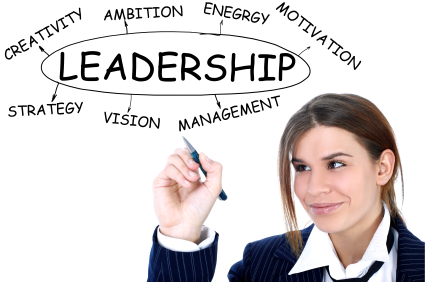 The market conditions are tough with rapidly changing needs, competition is rife so customers have greater choice and are willing to take it, who the customer is and where they are doing business changes all the time and the government introduces new policies and regulations all the time.
The market conditions are tough with rapidly changing needs, competition is rife so customers have greater choice and are willing to take it, who the customer is and where they are doing business changes all the time and the government introduces new policies and regulations all the time.
You know that your company needs to be more creative, innovative and agile to deal with these issues or it could go under, so you brief the senior staff on the needs and demand more ideas, innovative value propositions, improved supply chains, better marketing and higher sales – then sit back to watch it happen.
After a period of nail biting you realize it’s not happening, so what do you do now? Reiterate the problem and need for change and hope that the message gets through? Use the threat of the consequences of failure to act to drive everyone forward? Or do you take an honest look at how your business operates, understand why it’s not able to deliver and be prepared to make the fundamental changes necessary to create the organization that can deliver under these conditions that are likely to persist for the foreseeable future?
Top business leaders now see the last option as the right way, so what are some of the key barriers in your organization that get in the way of better creativity and keep your business mired in outdated business models and processes? Broadly speaking we can categories these into 4 domains:
Culture (how do we behave?)
- Protection of knowledge and information where “what I/we know” is perceived as giving power and protection to individuals and teams.
- Reward systems that reinforce these protectionist attitudes by rewarding only direct contributions and not those that create an open, supportive and dynamic culture.
- Issues of personal risk; do I propose something that will bring me unwanted attention from more senior staff who may resent me being presumptuous, will it attract ridicule from my peers who may also resent me for trying to be better than them.
- Corporate attitudes to risk taking and the fear of the unproven where mistakes result in blame and reduction in the perceived value of individuals and teams. This can result in excessive analysis of opportunities and failure to seize the initiative before someone else does.
- Lack of investment for the future with a focus on short term financial objectives.
Organizational (how we do things?)
- Resistance to changing established practices and procedures, “we’ve always done it this way before” and “it’s work this way before” attitudes,
- Expectation of ROI on recently introduced changes can result in resistance to further change, even if the recent changes are wrong!
- Over emphasis placed on cost control, efficiency and adherence to defined process and procedure. These are important issues, but they should not be so constraining as to stifle creativity.
- Complex and rigid internal structures which lead to poor communications and cooperation; capabilities are unclear, duplication leads to internal competition and communications are poor so knowledge and information are degraded.
Technical (what we use in our products and services or in the systems we use to deliver them?)
- A lack of knowledge and experience in the use of new technologies can lead to resistance to adoption, particularly where the management culture is risk averse, sometimes on the back of previous adoption of immature technologies resulting in embarrassing failures.
- Investment costs for adoption of cutting edge technologies can be high and gaining authorization for investments in organizations that favour policies that require rapid returns will be hard.
Human Resources (what kind of people do we have?)
- A lack of creativity skills and talent in the human resources available to an organization is one of the most significant barriers, while this can be an issue at all levels the most critical is a lack of creativity in the leadership cadre (see an earlier blog item for more details on this subject) that can be fundamental in creating many of the other barriers.
Removing these barriers is critical success factor for the modern business and needs clear vision, strategy and effective action by the executive leaders of an organization to drive the necessary changes.
 Effective management of increasing complexity in the markets and business operations will require improved creative leadership capabilities at all levels to create effective and efficient organizations that are responsive to highly dynamic market conditions.
Effective management of increasing complexity in the markets and business operations will require improved creative leadership capabilities at all levels to create effective and efficient organizations that are responsive to highly dynamic market conditions.